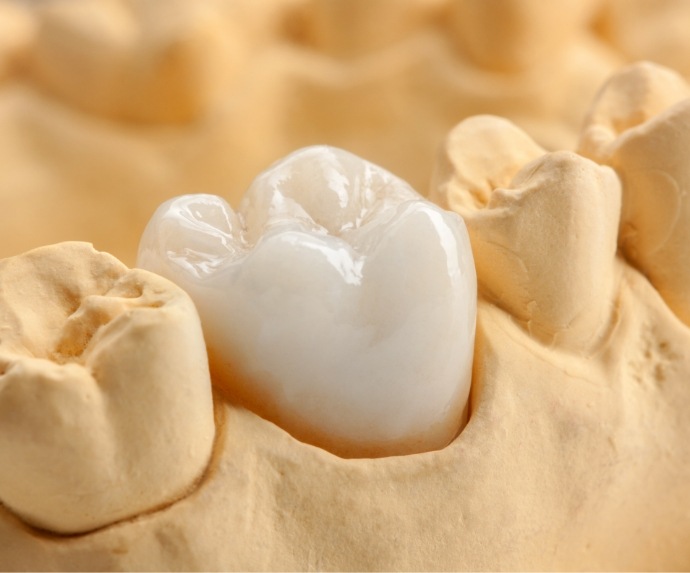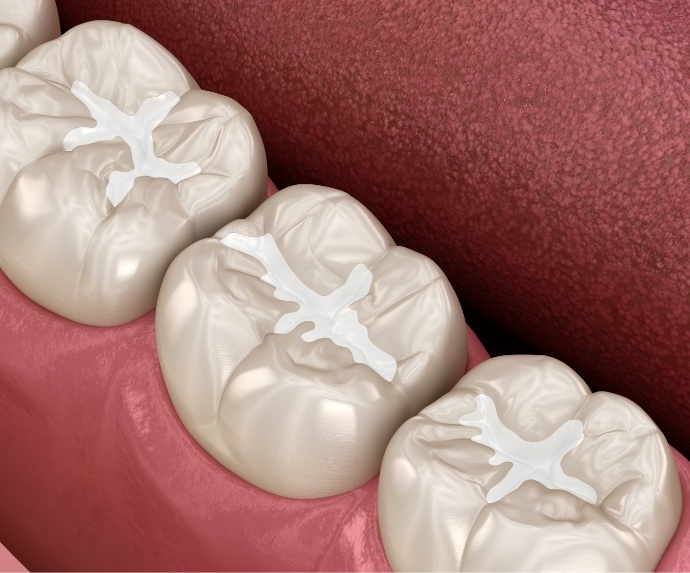Restorative Dentistry Arlington
Natural-Looking Restorations Designed to Last

If for any reason you or a loved one experiences dental decay or damage, we offer a variety of restorative dentistry solutions at our office. Dr. Gray and his team offer a variety of treatments to renew oral health including cavity repair with composite resin fillings and dental crowns. We have the skills and experience necessary to completely renew oral health with restorative dentistry in Arlington. Contact our dedicated team to find out more or schedule an appointment.
Why Choose James T. Gray, DDS for Restorative Dentistry?
- Dentist Trained in Full Mouth Reconstruction
- Professional, Friendly & Experienced Team
- Patient-Centered Approach to Care
Dental Crowns

Dental crowns are one of the most common restorative treatments that we provide at our practice. These cap-like structures are designed to fit over the top of damaged or previously treated teeth, providing them with extra strength and protection. In many cases, patients are able to carry on enjoying these compromised teeth for decades to come, allowing them to hold onto their natural smiles for longer.
Learn More About Dental Crowns
Tooth-Colored Fillings

Tooth-colored fillings are able to restore the lost shape and structure of decayed teeth and are custom-shaded to match the natural color of your enamel. During this treatment, composite resin is directly applied to the affected tooth to repair and seal it. Due to the material’s biocompatibility, preparation is minimal, allowing us to preserve your natural tooth’s structure. Once the composite resin is in position, we use a curing light to harden the material. The entire process can be completed in a single visit to our office.
